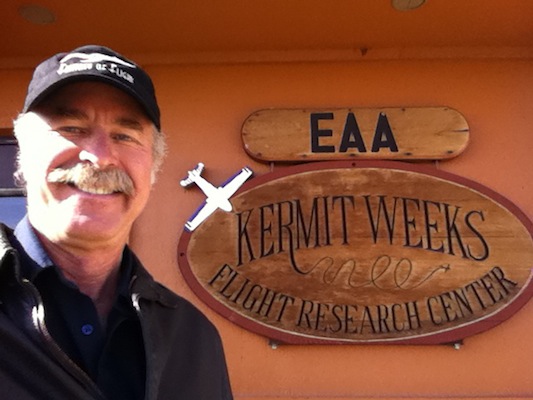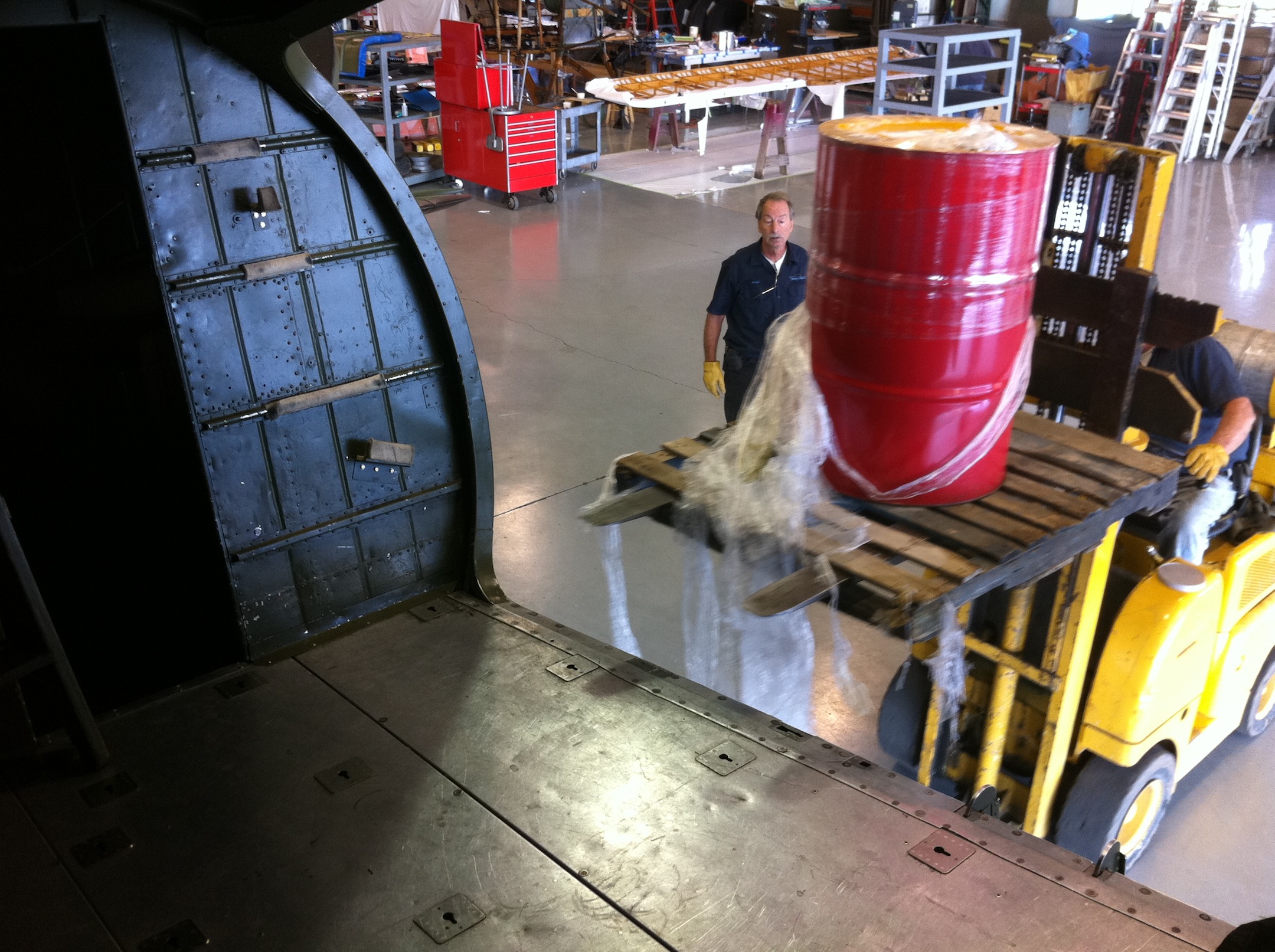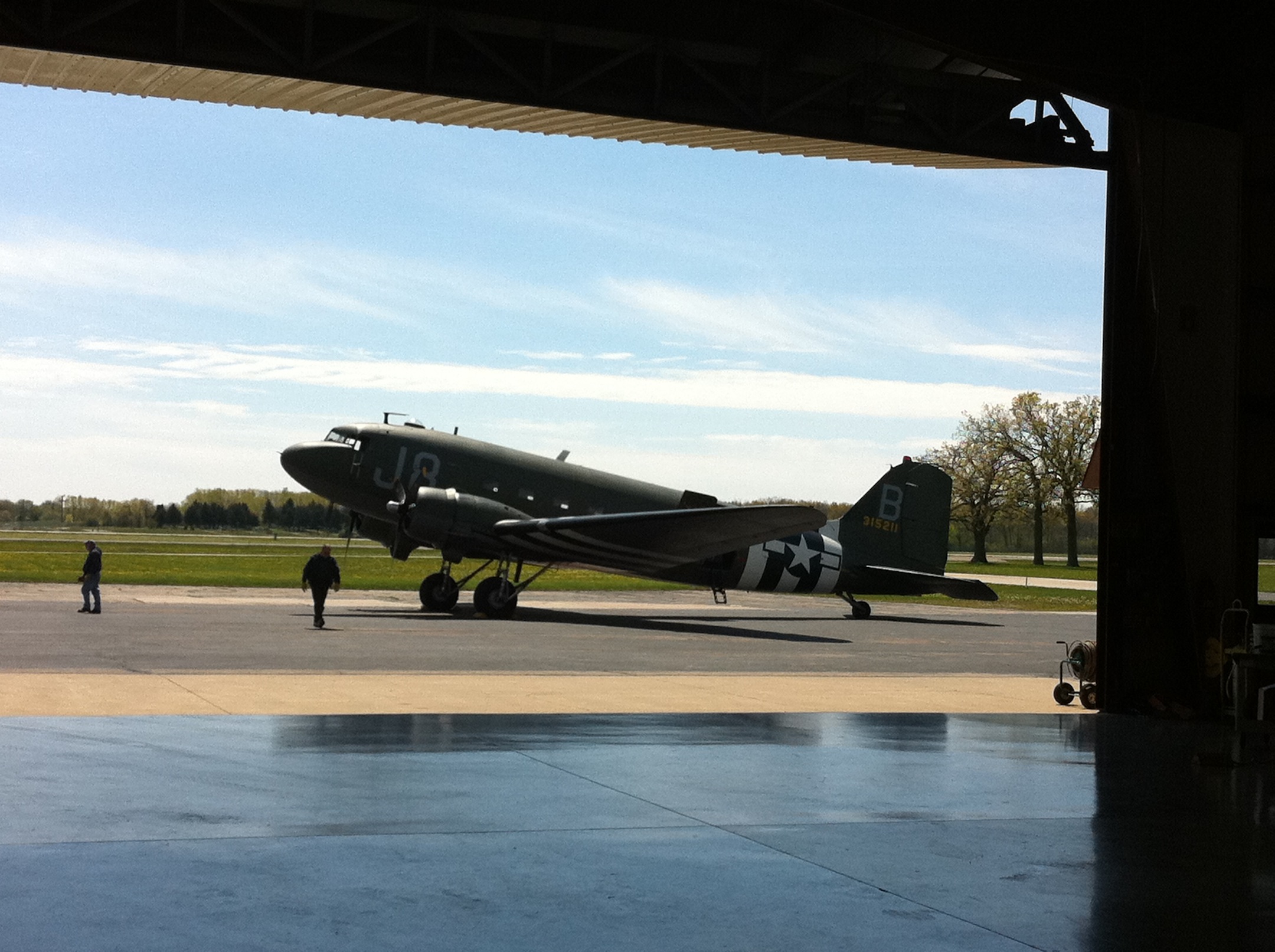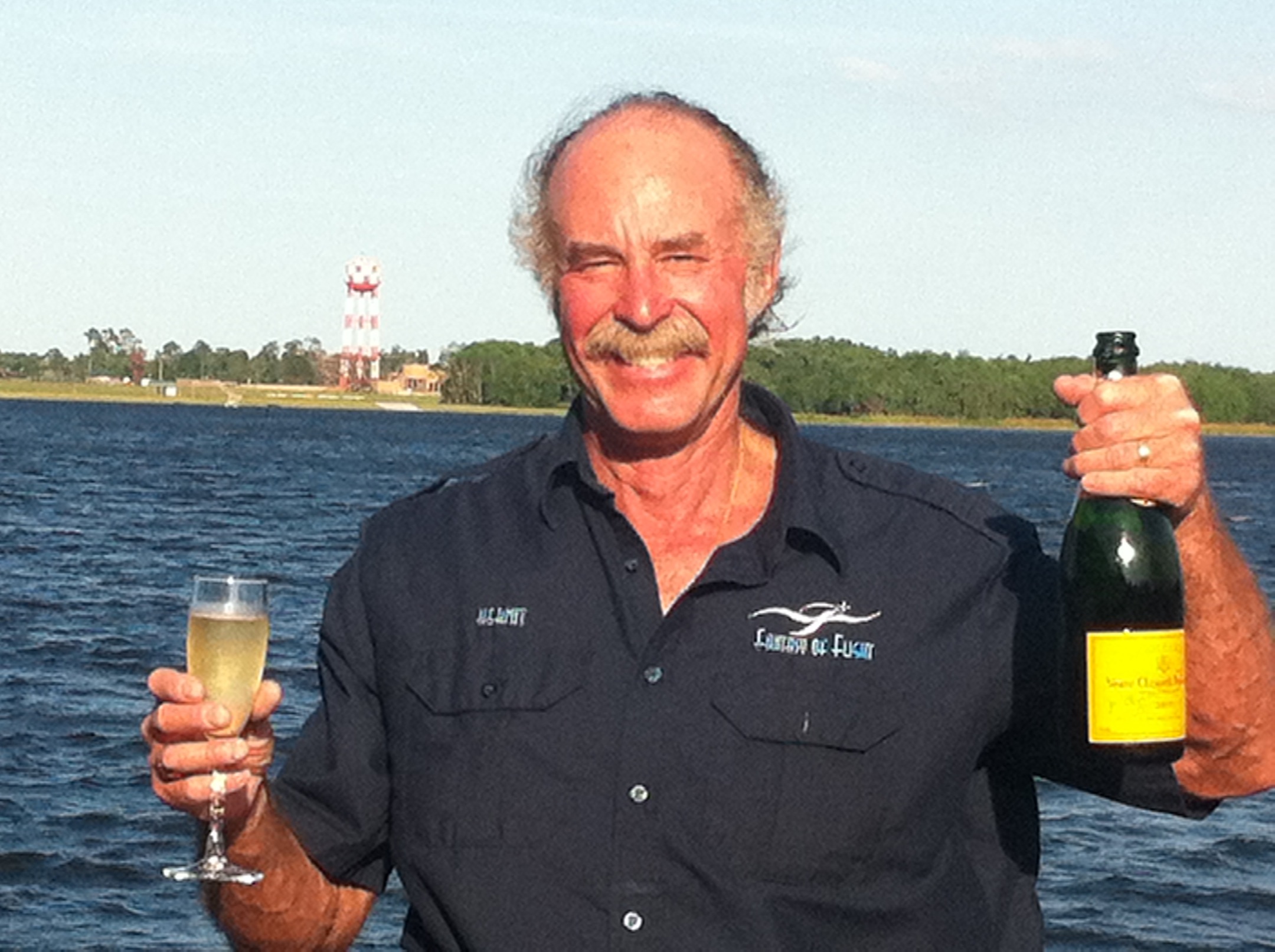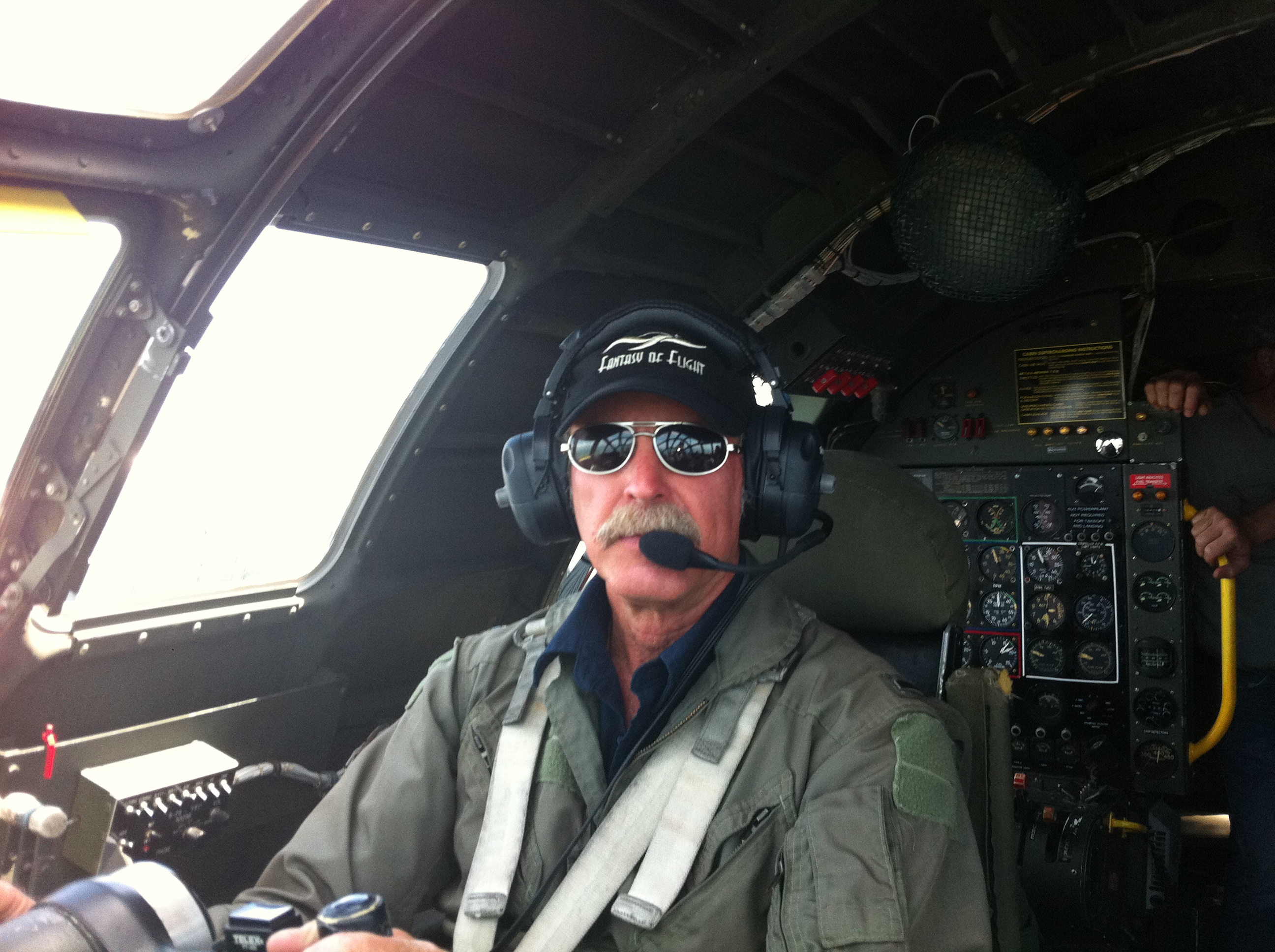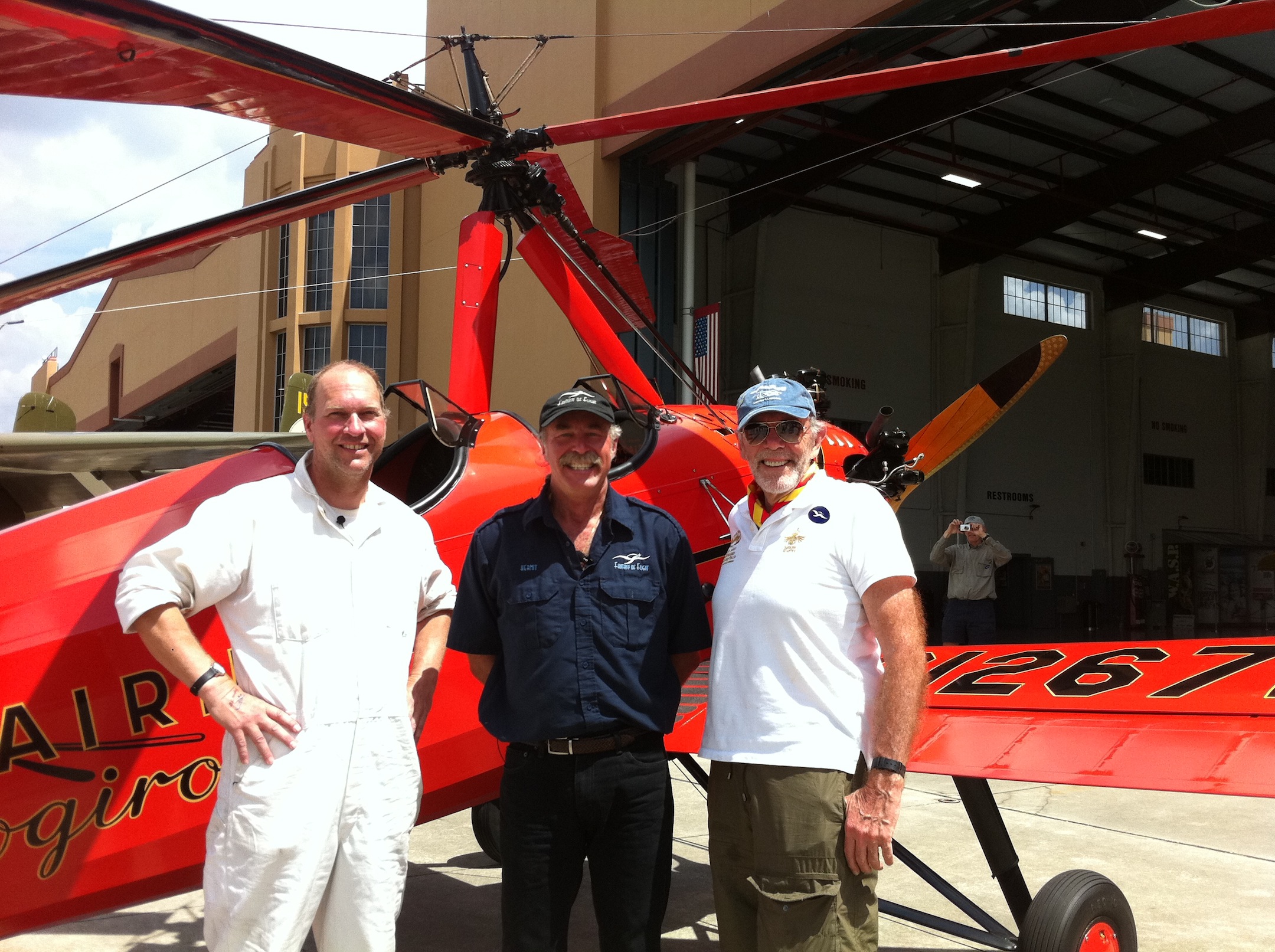Something recently told me to get my Lockheed Vega flying! I’m not sure where the message came from but it seems like a great idea!
I purchased the Vega from Dave Jameson, several months after Hurricane Andrew ripped the Miami Weeks Air Museum apart on August 24, 1992. I must have been feeling sorry for myself? :-)
While digging out from the destruction, it continued to be displayed at the EAA Museum in Oshkosh, WI. By the time it made it to Florida for Fantasy of Flight’s grand opening in 1995, it had not flown for over a decade. At the time, we had other things to worry about and since it looked great we just assembled it for display.

Wing coming off!
Over the years, the original 500 hp Pratt & Whitney R-1340 engine was replaced by a bigger and later 600 hp version from an AT-6 Texan with a constant speed propellor. It’s my intent to restore it back to the original early-style engine and ground adjustable propellor. Because of the engine conversion, the instrument panel began to reflect later-style instruments and the plan will be to put everything back to as original as possible.

Nice shot of the disassembly from above.
Also, the wheels and brakes were upgraded and fiberglass wheelpants installed. We haven’t looked into whether or not the original wheels are available, or even if it originally had brakes (It may have originally been built with a tailskid), but brakes will be needed for sure. I acquired an original set of wheel pants from the Tallmantz Collection purchase in 1985 that we will try and salvage or use as a pattern for new ones. Dave Jameson may have actually purchased this Vega from Tallmantz, so we might be reuniting them after all these years!

First load – the Wing!
The Vega will be upgraded and made airworthy by Kevin Kimball and his shop about an hour away from Fantasy of Flight in Mt. Dora, FL. They do great work and have produced several award winning vintage aircraft restorations from this period.
Currently, it’s my intent to keep it in the colors of the Winnie Mae and use it one day as a character in my illustrated children’s book series starring many of the famous planes from the Golden Age of Aviation. His name will be Wiley and, of course, just might find himself with a patch over one windscreen!

Second load – Bye, Bye Vega!
During the process of talking to Kevin about the restoration, I found out he has always had the dream of making a mold to produce the fuselage which was used in the making of not only the Vega but the Orion, Sirius, Altair and Air Express!
Never to have been one to be satisfied with just one model of a type, I couldn’t help but think, “Wouldn’t it be nice to have a set!” We’ll see.
Kermit

